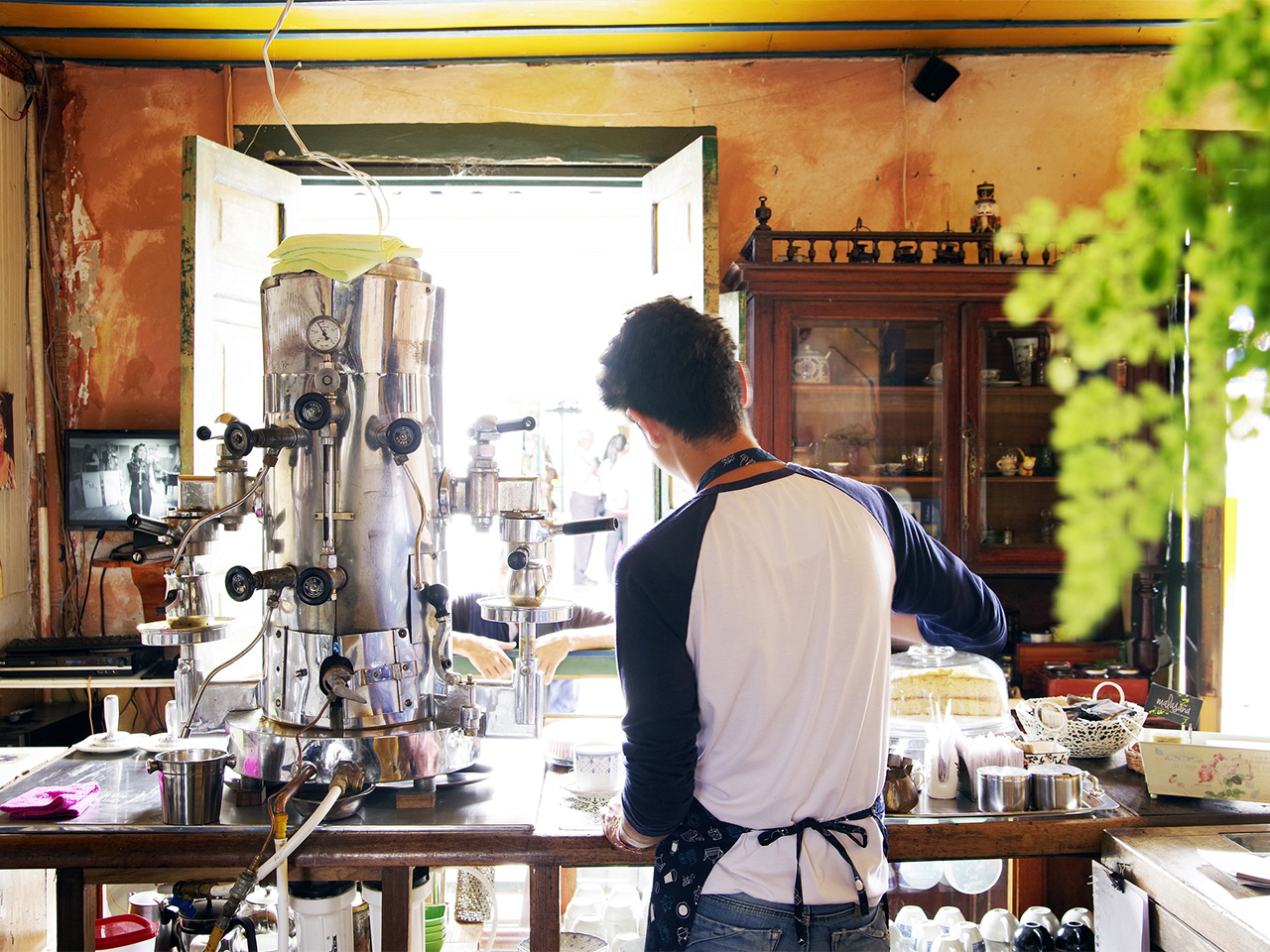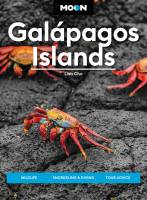Colombia’s Economy
Colombia has a thriving market economy based primarily on oil, mining, agriculture, and manufacturing. The country’s GDP in 2019 was US$370 billion and per capita GDP was US$7,698, placing it as a middle-income country. After a decade of economic growth, the economy started to stumble in late 2019 and early 2020, with the peso hitting a record low against the U.S. dollar: COP$4,000 to US$1 in March 2020. Inflation has averaged 3.7 percent in the past five years and unemployment as of 2019 was about 13 percent.

During the colonial period and up until the early 20th century, small-scale gold mining and subsistence agriculture were the mainstays of Colombia’s economy. Starting in the 1920s, coffee production spread throughout the country and rapidly became Colombia’s major export good. Coffee production is of the mild arabica variety and is produced at elevations of 1,000 to 1,900 meters (roughly 3,000-6,000 ft), mostly by small farmers. During most of the 20th century, Colombia emphasized increasing the volume of production, using the Café de Colombia name and mythical coffee farmer Juan Valdez and his donkey Paquita to brand it. A severe global slump in coffee prices during the past decade has led to a reassessment of this strategy and an increasing focus on specialty coffees. Today, coffee represents only 3 percent of all Colombian exports.
Colombia’s wide range of climates, from hot on the coast to temperate in the mountains, means that the country produces a wide range of products. Until recently, sugar cane production, fresh flowers, and bananas were the only major export-driven agribusiness. However, improvements in security in recent years have resulted in a boom in large scale agricultural projects in palm oil, rubber, and soy. Cattle ranching occupies an estimated 25 percent of the country’s land. Commercial forestry is relatively underdeveloped, though there is considerable illegal logging, especially on the Pacific Coast.
In recent decades, oil production and mining have become major economic activities. The main center of oil production is the Llanos, the eastern plains of Colombia, with oil pipelines extending from there over the Cordillera Oriental to Caribbean ports. Oil currently represents roughly half of all Colombian exports. There are also significant natural gas deposits, mostly dedicated to residential use. Large-scale mining has been focused on coal and nickel, with large deposits in the Caribbean coastal region. With the improvement of security conditions in the past decade, many international firms, such as Anglogold Ashanti, have requested concessions for large-scale gold mining, often with opposition from the community. Illegal gold mining, often conducted with large machinery, is a severe threat to fragile ecosystems, especially in the Pacific Coast rainforest.
During the post-war period, Colombia pursued an import substitution policy, fostering the growth of domestic industries such as automobiles, appliances and petrochemical goods. Since the early 1990s, the government has been gradually opening the economy to foreign competition and tearing down tariffs. In recent years, the country has signed free trade agreements with the United States and the European Union. Today, the country has a fairly diversified industrial sector. The country is self-sufficient in energy, with hydropower supplying the bulk of electricity needs.
Newsletter Signup
By clicking ‘Sign Up,’ I acknowledge that I have read and agree to Hachette Book Group’s Privacy Policy and Terms of Use
Until recently, tourism was minimal because of widespread insecurity and a negative image. Things started to change in the mid-2000s, and the annual number of international visitors has increased almost threefold from 600,000 in 2000 to 4.5 million in 2019. While Bogotá and Cartagena still receive the bulk of visitors, almost the entire country has opened up for tourism, though there are still pockets of no-go zones. This boom in tourism has fostered a growth of community and ecotourism options, often with the support from government. The network of posadas nativas (guesthouses owned and operated by locals) is one initiative to foment tourism at the community level, particularly among Afro-Colombians. In recent years, Parques Nacionales has transferred local operation of ecotourism facilities in the parks to community-based associations.
The economy of Colombia has also historically relied on the production of illicit drugs like cocaine and marijuana. While it suffered greatly for this in the 1900s and 2000s as the target of the U.S.-funded War on Drugs, in recent times—as cannabis legalization has been sweeping the world—the potential for Colombia to emerge as a major exporter of medicinal-grade marijuana at a price point that cannot be beat on the global market is getting some attention. The country is home to at least three major historic cultivation areas with roots back to the 1960s and 1970s including Cauca, Huila, and the Sierra Nevada mountains of the Caribbean coast. Some estimates indicate that Colombia could produce over 40 percent of the worldwide cannabis supply by 2025.
Newsletter Signup
By clicking ‘Sign Up,’ I acknowledge that I have read and agree to Hachette Book Group’s Privacy Policy and Terms of Use



